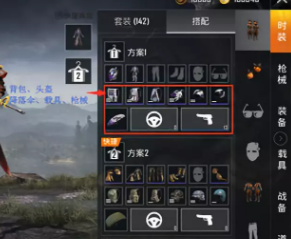why is cryptocurrency powerful- Top Reviews
Drawing lessons from Europe, America, Japan and South Korea: Controlling the class size of primary and secondary schools and universities to 15 students to improve the quality of teaching and training.Summary: Learning from the successful experience of Europe, America, Japan and South Korea and controlling the class size of primary and secondary schools and college students to 15 students has many positive strategic significance for improving the quality of teaching and training, and cultivating more all-round high-quality talents.In terms of educational concept, teachers also need to adapt to this change from large class teaching to small class teaching. Teacher training is particularly important. Schools can organize teachers to participate in training courses in small class teaching and learn the methods and skills of small class teaching, such as how to carry out personalized teaching and how to organize efficient group activities, so as to improve teachers' teaching ability to adapt to the new teaching mode.
One of the biggest challenges to control the class size to 15 students is the allocation of educational resources. We need more hardware resources such as classrooms and teaching equipment, and we also need to increase the number of teachers. In this regard, the government can increase investment in education. For example, some governments in Europe and America support school infrastructure construction and teacher recruitment through special education funds. For example, some state governments in the United States will provide funds for building new classrooms or transforming existing classrooms to meet the needs of small class teaching according to the school's small class plan.In terms of social concept, many parents and social people are accustomed to the traditional large class teaching mode and think that large class teaching is a normal state. To change this concept, education departments and schools need to carry out extensive publicity. The exhibition of educational achievements can be held to show the outstanding achievements of students in small class teaching, including the achievements of students' academic progress and comprehensive quality improvement.(All text materials are automatically generated by ai intelligence)
Japan and South Korea also have experience in class size control. Japanese school education emphasizes refined training, and the class size is generally small. In a class of 15 students, teachers can pay close attention to students' psychological state and learning progress. Japanese educational circles believe that a small class size helps to create a good teacher-student relationship, which has a positive impact on students' physical and mental health and learning motivation. According to the survey, in small class teaching in Japan, students' participation in class has increased by nearly 30% compared with that in large class.Drawing lessons from Europe, America, Japan and South Korea: Controlling the class size of primary and secondary schools and universities to 15 students to improve the quality of teaching and training.Schools can also relieve pressure by integrating resources. For example, make rational use of idle space on campus and transform it into classrooms, and share some educational resources through cooperation with the community. At the same time, improve the utilization rate of educational resources, such as using digital teaching equipment to reduce dependence on traditional teaching resources.
Strategy guide
12-14
Strategy guide
12-14
Strategy guide 12-14
Strategy guide
12-14
Strategy guide 12-14
Strategy guide
12-14
Strategy guide
12-14
Strategy guide 12-14
Strategy guide
Strategy guide 12-14
Strategy guide
12-14
Strategy guide






















